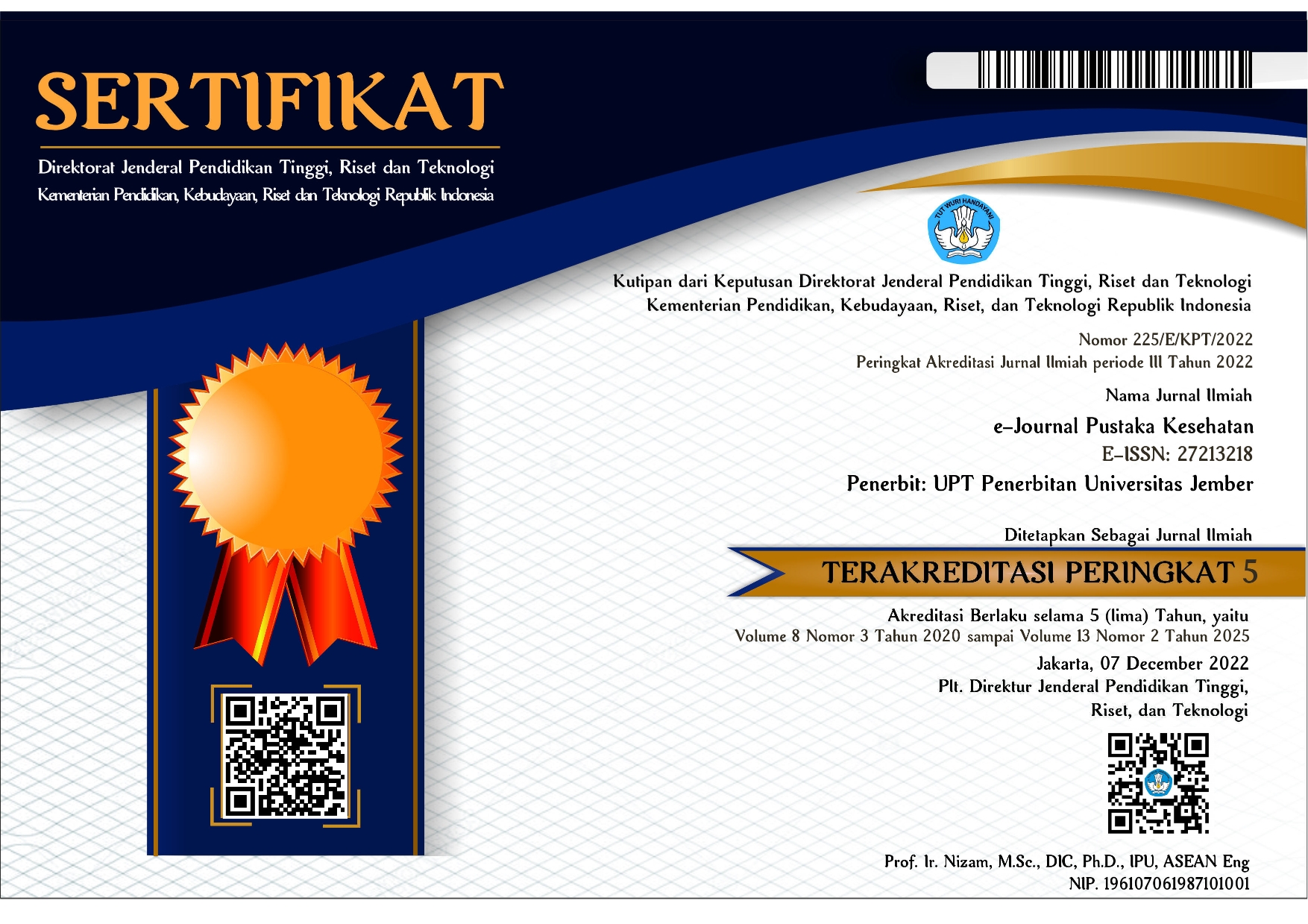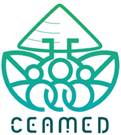Pengaruh Metode Contextual Teaching and Learning (CTL) dengan Pendekatan Somatis, Auditori, Visual, Intelektual (SAVI) Terhadap Kesiapsiagaan Bencana (medical first respondent) Gunung Meletus pada Karang Taruna di Desa Rowosari Kecamatan Sumber Jambe Kabu
Abstract
Preparedness is a activities undertaken to anticipate disasters through the organization as well as through measures appropriate and useful. Build preparedness is an important element, but it is not easy to do because it involves the mental attitude and culture and discipline in a society. Preparedness is the most strategic stages because it determines the resilience of the community members in facing a calamity. This research aims to improve the knowledge and attitude of disaster preparedness in the youth in the village of Rowosari. This study design is a pre-experimental design with one group pretest posttest. The study sample as many 20 karang taruna and using simple random sampling. The data analysis uses dependent t-test, with an average increase in the value of disaster preparedness 1 hour after the intervention with a value of 45.25 pretest and the posttest-1 value of 89, the value of one week after the intervention values of 45.25 pretest and posttest-2 values 87, 65, a decline in the average value of disaster preparedness at posttest -1, posttest with a value of 89.3 posttest-1 and posttest- 2 87.65 value. This result shows that the value of p 0:00 < 0:05 (a). The conclusion from this research is that there is a very significant influence on disaster preparedness mountain erupted after the intervention given by the CTL method SAVI approach. The recommendation of this study is the method of CTL with SAVI approach recommended in the community to improve the knowledge and attitude of disaster early warning, transportation evacuation and disaster preparedness bandaged splint.
Â
Keywords: disaster preparedness, contextual learning methods, methods of somatic visual auditory intellectual
Downloads
Downloads
Issue
Section
License
e-Journal Pustaka Kesehatan has CC-BY-SA or an equivalent license as the optimal license for the publication, distribution, use, and reuse of scholarly work. Authors who publish with this journal retain copyright and grant the journal right of first publication with the work simultaneously licensed under a Creative Commons Attribution-ShareAlike 4.0 International License that allows others to share the work with an acknowledgment of the work's authorship and initial publication in this journal.







